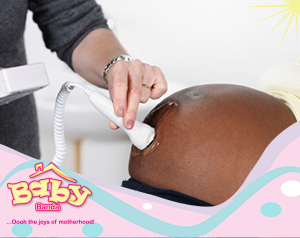The external electronic monitor checks and tracks the baby’s heartbeat. Two belts or stretchy fasteners are placed around the mother’s abdomen. These belts hold two small instruments in place. One belt records the fetal heartbeat and one records the labour contractions. Electronic fetal monitoring can be necessary if you have a health problem or if your healthcare provider suspects your baby might have a problem. If that is the case, the electronic monitor is put continuously to keep track of the baby. If your labour is progressing well and you and the baby are healthy, electronic fetal monitoring may be used periodically during the labour.
Labour induction
Labour induction is the use of medications or other methods to bring on (induce) labour or start labour artificially. Labour is induced to stimulate contractions of the uterus in an effort to have a vaginal birth. Several factors that may lead to labour induction include baby’s size(too big), baby past the due date, a medical condition exists or if the health of the mother or fetus is at risk.
Amniotomy
An amniotomy refers to the Artificial Rupture of Membranes. The amniotic sac (the sac of fluid that surrounds and protects the baby) may break naturally before or during labour. While the membrane remains in place, the fluid-filled cushion protects the baby’s head against pressure from the uterine wall and cervix. Sometimes it is necessary to open the amniotic sac and release the fluid during labour. This procedure is called an amniotomy, or artificial rupture of membranes. It is done very carefully using a special instrument and is usually done to help the progression of labour as it aids in stronger contractions that may then shorten labour.













